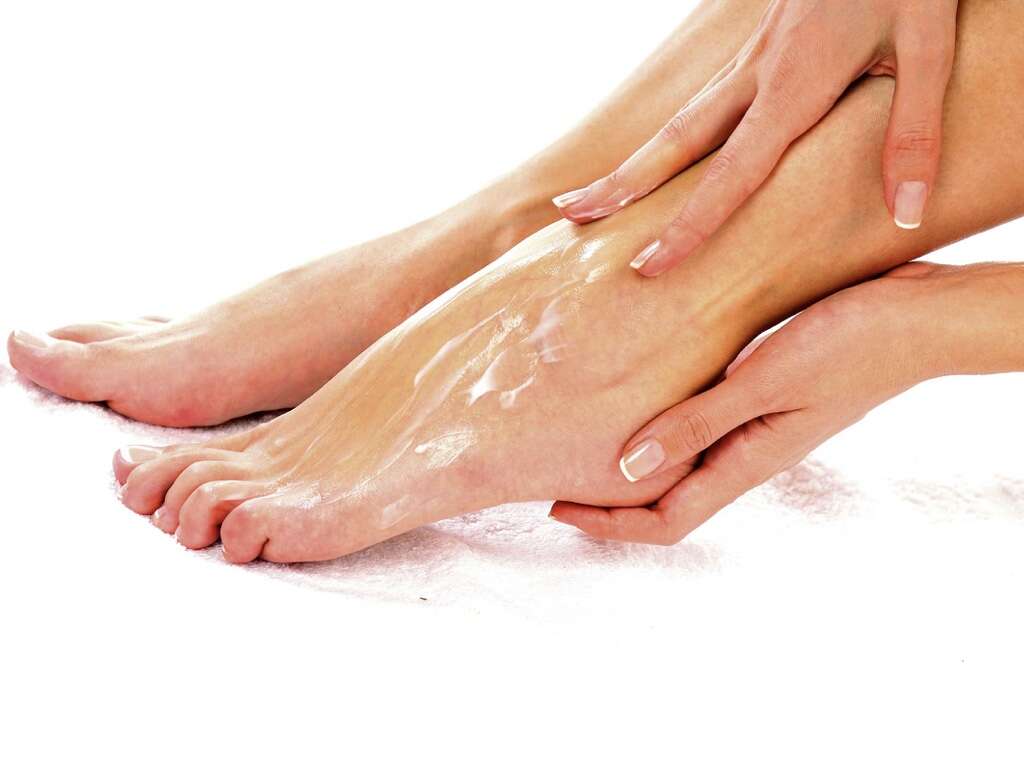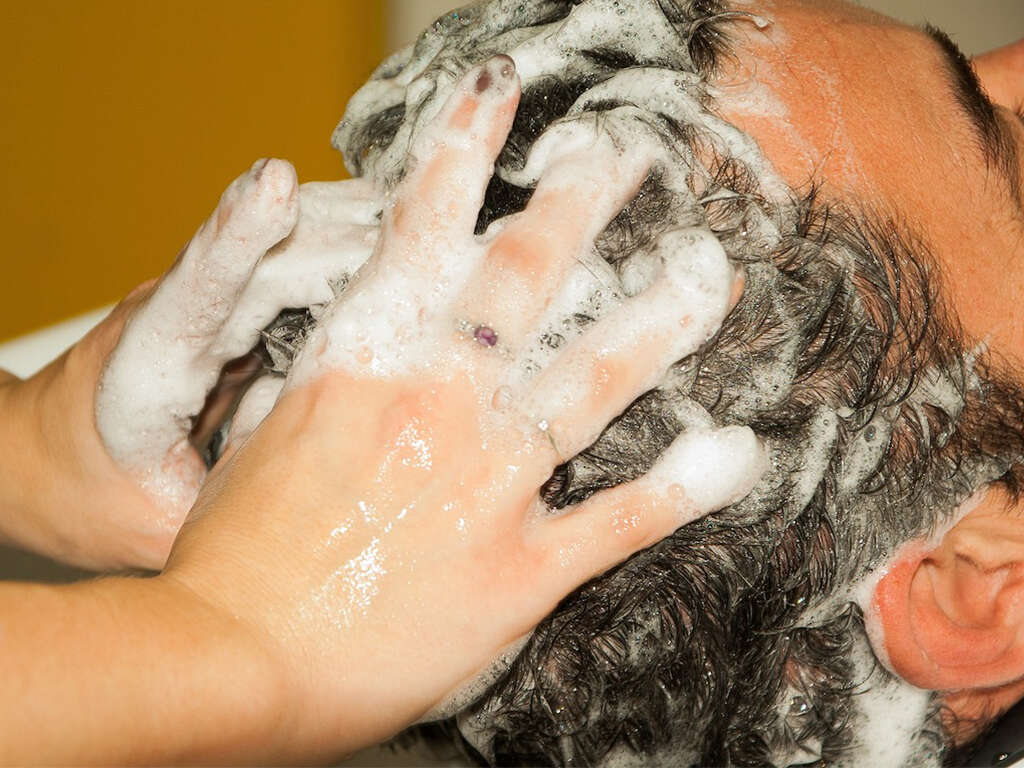What Causes Toenail Fungus?
Our toenails are often tucked out of sight and we tend not to take much attention to how they look. Still, it is a good idea to keep them clean and well-manicured to help prevent problems from occurring. One example of such a problem is a fungal infection, and they can arise in just about anybody.
While toenail fungal infections are the most common, they can also happen in the nails on our hands. It is not usually a serious condition and it is relatively easy to treat, although treatment is advised. Here’s a closer look at what it is, what can cause it, and some of the steps you can take to help prevent it.
1. Tinea Pedis
Toenail fungus infections will often start out as athlete’s foot, which is also known as tinea pedis. This is a fungal infection that mostly affects people in between their toes and elsewhere on their feet. It is so called because it is often spread in locker rooms and other areas where people are likely to be walking bare-footed.
Tinea pedis is in itself not usually harmful, but it can be itchy and it can cause problems in more severe cases. It will not go away by itself and will need to be treated. Treatment is recommended regardless of how mild the symptoms may be, partly because it could develop into a toenail fungus.
2. Onychomycosis
Onychomycosis is the medical term for fungal infections of the nail. It is also known as tinea unguium. It is a fairly common condition, and it is often first noticed as a small yellow or white spot beneath the tips of the nail. As time goes by, the infection worsens and gets deeper into the nail, resulting in a number of unwelcome symptoms.
For many people, a nail fungal infection will cause few, if any, problems and treatment won’t be necessary. It can be more bothersome for others, however, and medication is available that can help to treat the infection.
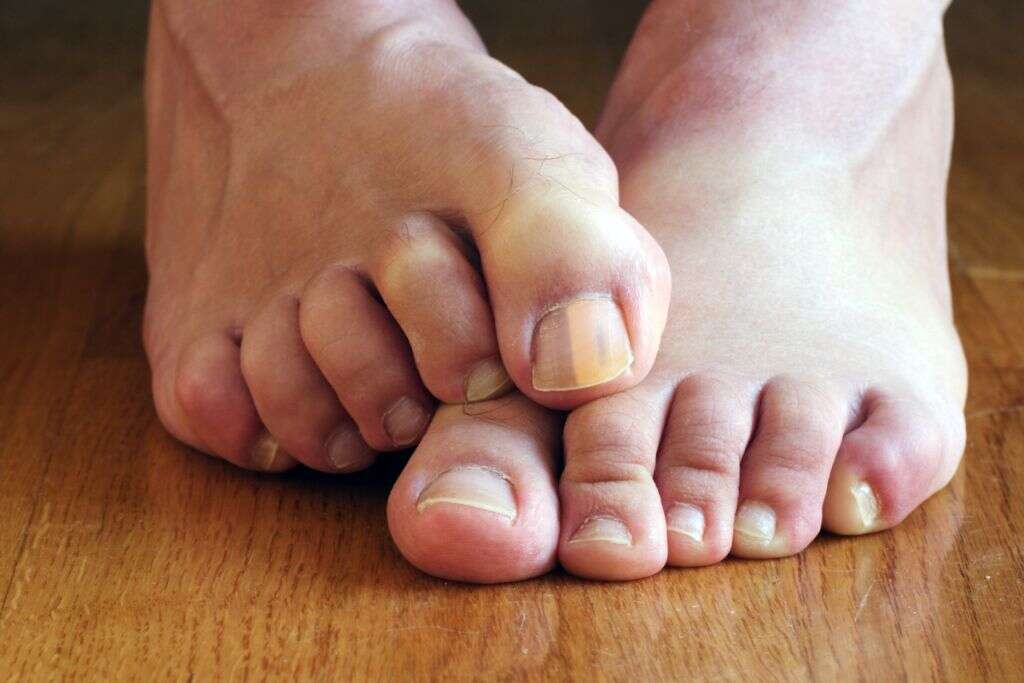
3. Dermatophyte
There are countless types of fungi out there, and several are responsible for infections of the nail. If you do have a toenail infection then it is likely the fungus responsible is dermatophyte. Thankfully it is unlikely to do any harm other than the effect it can have on your nails.
Yeasts are another type of fungi that can cause infections of the toenails, while some molds are also responsible. The symptoms are often similar regardless of the specific type of infection, although some can cause symptoms that are worse than other types. It is a good idea to see a medical professional regardless of the type of infection involved.
4. Symptoms
One of the main symptoms of a toenail fungus infection is that it can cause the nail to become thicker than it usually would be. The nail can also take on a yellow color, while particles can build up under the nail, causing it to become darker in appearance.
Such an infection can also cause the nail to take on a different shape, and the nail can also become brittle and ragged as parts begin to crumble away. Some patients might also find that their nails develop a mild but unpleasant odor. It is recommended to get treatment early to help prevent the symptoms getting too severe.

5. Age
Toenail infections can and do occur in people of all ages, but they are more likely to develop in people that are older. There are various reasons for this, one being reduced circulation of blood to the feet. People whose immune system is weaker than usual are also more likely to develop a fungal infection of the toenail.
Peoples’ nails also become more brittle as they get older. This brittleness can cause cracks to appear in the nails, and fungi will sometimes get into these cracks. In relative safety, these fungi can take hold and proliferate, resulting in an infection.
6. Medical Conditions
While perfectly healthy people can develop toenail fungal infections, it is more likely to happen in people that have existing medical conditions. If the patient has a weakened immune system, for example, then the body is not as effective at protecting itself against such infections.
Poor circulation is also a potential risk, as is diabetes. Skin conditions like psoriasis will also increase the patient’s chances of getting an infection. Another potential problem is injuries, including minor injuries, to the patient’s nail and/or skin. People with such conditions might find they get fungal toenail infections regularly and will need to take extra care to prevent them.
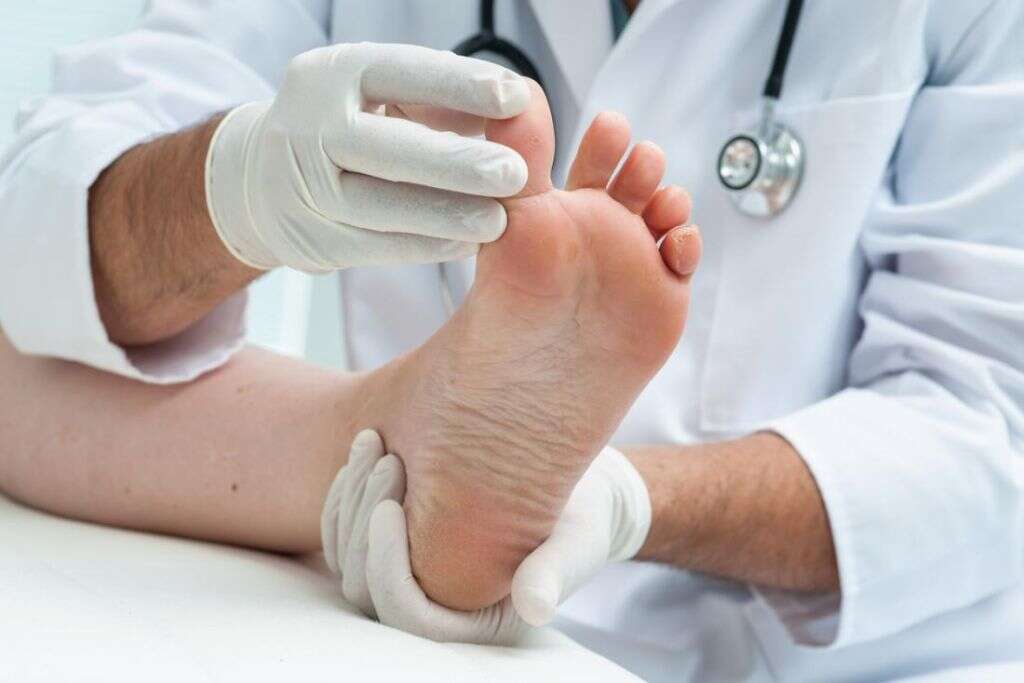
7. Walking Barefoot
The fungi that results in such infections are often found on the floor of locker rooms and poolside areas etc. Thus, it can be easily picked up by walking along the ground yourself with nothing on your feet to protect you. Footwear is available that is specially made for locker rooms, poolside areas, and similar.
People that already have an infection should cover their feet to help prevent spreading the infection to other people. People that sweat heavily are also more likely to develop a toenail fungal infection, while people that have a history of developing athlete’s foot are also at an increased risk.
8. Complications
A toenail fungus infection is usually relatively easy to treat, and is unlikely to cause much harm to the patient at all. Treatment will often not even be needed as such infections will often cause few ill effects. Treatment is still recommended, however, because it can develop into something more serious.
A toenail fungus infection can sometimes lead to permanent damage to the patient’s nails. Some patients can also find that the condition is quite painful. In addition, there is also the chance that the infection can spread to elsewhere in the body, potentially resulting in a condition that is serious.
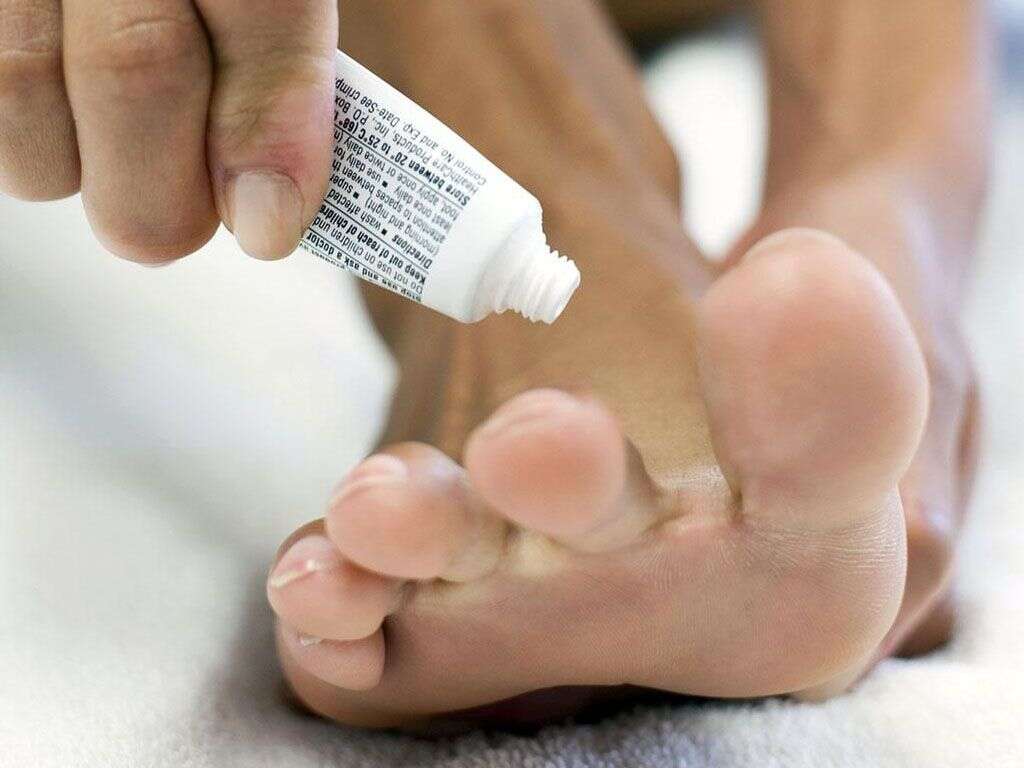
9. Footwear
One of the most effective ways to reduce the likelihood of getting a toenail fungal infection is to use the right type of foot wear. The best types are those that allow air to circulate, letting the feet ‘breathe’. It is also best to wear socks that help to absorb sweat, and you should also change your socks in the day.
Footwear can also be treated with antifungal powders and/or disinfectants, while it can also help to discard shoes that are old and worn. As mentioned, footwear is also available that will help to keep you protected in locker rooms and in poolside areas.
10. Foot Care
Taking proper care of your feet can also help to prevent toenail infections. This includes washing your feet regularly, and moisturizing nails to prevent them from becoming brittle can also help. Make sure to do the same with your hands also because they can also become infected. You should take extra care to wash your hands when touching a nail that’s already infected to help prevent it from spreading.
Also make sure to keep your nails well-trimmed. If you like to get your nails done at a salon, then make sure the salon uses sterilized equipment very time. If you experience frequent fungus infections, then consider stopping using nail polish and other cosmetic products altogether.



